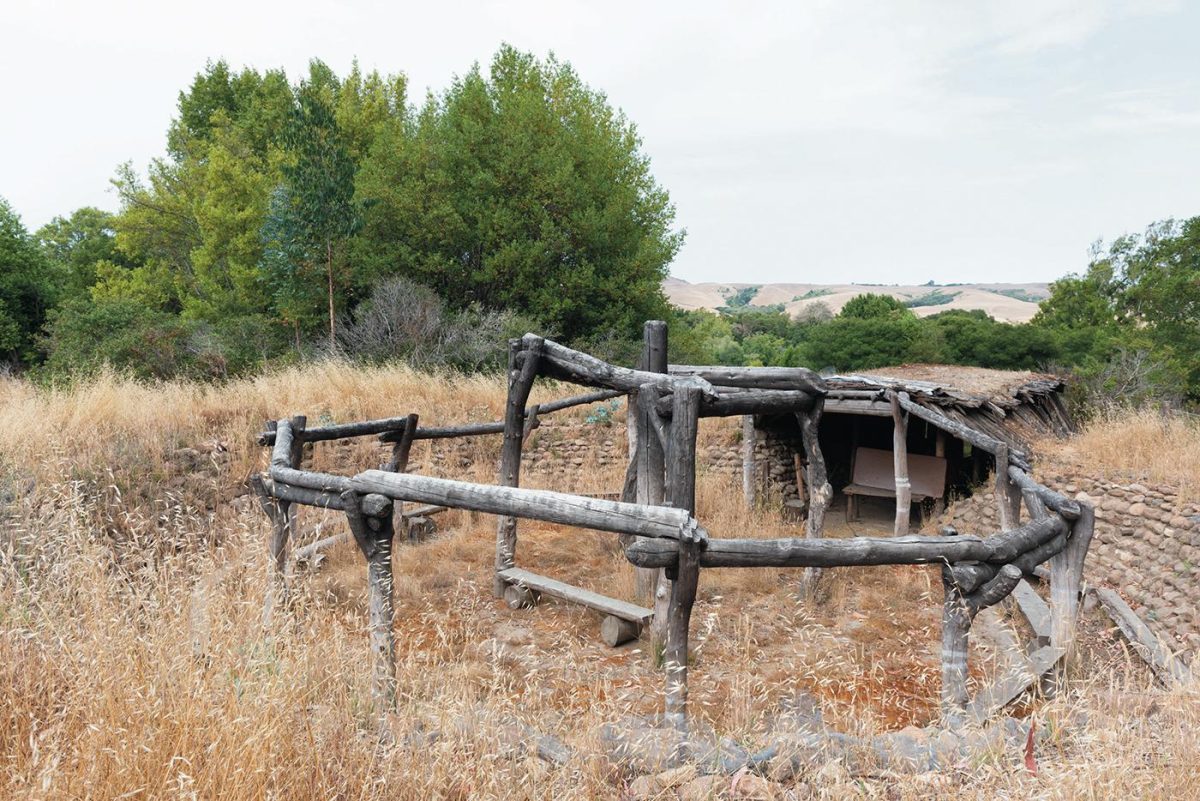The Federated Indians of Graton Rancheria will rebuild the roundhouse at Kule Loklo, the main structure at the Point Reyes National Seashore’s replica Coast . . .
Tribe will fix Kule Loklo roundhouse


The Federated Indians of Graton Rancheria will rebuild the roundhouse at Kule Loklo, the main structure at the Point Reyes National Seashore’s replica Coast . . .